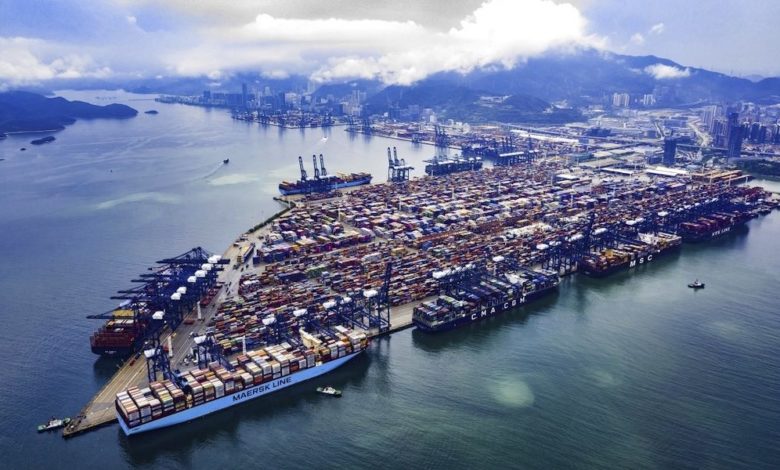Case made for ports to receive cash from any shipping decarbonisation fund

Ports ought to be getting a sizeable chunk of any decarbonisation fund in the offing, a new submission to the International Maritime Organization (IMO) has suggested.
As the UN-recognised NGO representing the world’s ports, the International Association of Ports and Harbors (IAPH) has submitted a commenting paper making the case for market-based measures (MBM) revenue allocation to land-based infrastructure to the IMO ahead of this week’s intersessional meeting of the IMO Working Group on Greenhouse Gas (GHG) emissions, which is in turn preparing the ground for the crucial upcoming Marine Environmental Protection Committee (MEPC 77) in November.
We all know that decarbonising shipping is much more than decarbonising ships
In the submission, IAPH advocates that a significant share of the revenue generated from an MBM should be allocated to those investments in ports, of developing countries in particular, that facilitate the decarbonisation of shipping.
IAPH managing director Patrick Verhoeven commented: “It’s about the whole supply chain. A lot of the investments will have to be made on land and in ports. Our proposal is to consider port-related infrastructure including bunkering infrastructure as part of the investments that could be funded through such market-based measures, especially in developing countries in order to close the gaps in energy transition. We hope that with this contribution that we will help to bridge the divides in the IMO on this very delicate discussion.”
A study made in 2020 by UMAS and the Energy Transitions Commission for The Getting to Zero Coalition estimates that the scale of cumulative investment needed between 2030 and 2050 to achieve the current IMO target of reducing carbon emissions from shipping by at least 50% by 2050, could cost up to $1.2trn. If shipping was to fully decarbonise by 2050, this would increase the total investments needed to as much as $1.6trn. Th UMAS study stated that the biggest share of investments will be needed in land-based infrastructure and production facilities for low-carbon fuels, which will make up around 87% of the total investment. Storage and bunkering infrastructure would account for half of these investments.
The commenting paper also mentions that such investments suffer from the ‘chicken and egg’ dilemma, with ports unlikely to make investments in this infrastructure and related facilities if there is no obvious demand for them as the risk of being left with large, stranded assets is too high, something made all the more pertinent with the backlash facing LNG as a shipping fuel these days. Equally, shipping companies are unlikely to invest in zero carbon fuels or onshore power provisions if no infrastructure is available in ports, IAPH pointed out.
IAPH argues that financial support to decarbonisation investments in ports, of developing countries in particular, through revenues generated from an MBM will help resolve this deadlock and ensure simultaneous global deployment of ship-based technologies and onshore infrastructure.
Splash reported last week on the International Energy Agency’s suggestion to hasten the take up of alternative fuels by focusing on the world’s largest ports.
For shipping, the 20 largest ports in the world account for more than half of global cargo, the IEA pointed out.
“There is a huge opportunity for the international … shipping sectors to focus on the main demand clusters until low‐carbon technologies become more cost‐competitive,” the IEA urged.
